The important point is that a single administration, directly under the supervision of the King of Saudi Arabia and headed by the King's son, will direct and control the process so that all officials who come to work in different years will need to advance in 2030's strategic direction.
In line with the principles and plans outlined in the 2030 vision plan, Saudi Arabia will be a serious competitor in attracting foreign investment to the countries of the Middle East and North Africa, including Iran. According to the Economist, a 2030 program that has greatly increased expectations includes selling a small portion of the Aramco Saudi Company, the world's largest oil company, creating the world's largest investment support fund for activities in a wide range of capital markets, creating more employment for women. And focus more on the dynamics of non-oil industries from mining to military hardware. These goals are radical in a country where 90 percent of the government's oil revenues have been supplied over the years and its budget deficit has reached 13.5 percent of GDP since the oil price cut (2016). The kingdom, as the country that pays the third largest military budget in the world, spends only 2% of the cost of arms purchases inside the country.
The consequences of selling 2% of state oil giant Aramco in a domestic listing, one of the first steps in process in reaching 2030 strategic program, will be intimidating for policymakers and may intensify internal disputes; nevertheless, stock sales may be the beginning of a wave that is a model for other governments with similar challenges in the region.
Energy analysts believe Aramco will face some difficulties in the Riyadh stock exchange.
Advantages of Aramco in contrast with other oil companies
There are important factors in Aramco's superiority over other oil giants, some of which are mentioned below:
1. Aramco has a stronger financial resource than big oil companies like Shell -Exxon-BP.
2. Due to its large financial resources, the company is able to invest in upstream oil and gas projects. The company has invested in the refinery project of major energy-consuming countries, such as India and China.
3. The debt-to-equity ratio of the company is lower than that of the oil giants listed in case one.
4- The high ability to produce oil and gas liquids with different grades; Excessive oil reserves and very low production costs (the cost of oil extraction in some oilfields is very cheap; in some oilfields, the price of oil does not exceed ten dollars before reaching a barrel. Aramco Proven Oil Reserves: total 268.5 billion barrels, even bigger than previously known - Aramco in 2018 had a net refining capacity of 3.1 million barrels per day.)
5-High investment in oil and gas value chains such as refineries and petrochemicals.
Risks
The first risk is the return on your investment. We deal with frozen numbers for this. Aramco has guaranteed that it will give shareholders at least $ 75 billion in annual profits from 2020 to year 2024, and even if the company's net income does not reach this level, the company will take away the share from the kingdom.
The geopolitical risk is how much the stock price will increase if there is a more serious attack on the Aramco plant again. In this case, there is no guarantee that Aramco shares will not be affected by these accidents.
The risks of global warming and climate change are already gaining more attention and the rules for oil companies will become more difficult every day. This will lead to the devaluation of stocks of large oil companies, which do not invest well in gas and renewable energy.
The risk of changing Saudi Arabian laws: More than 90% of Aramco's income-generating assets are in Saudi Arabia and Saudi Arabian laws, the arrest of oil billionaires, changes in laws and tax and loyalty share, and Jamal Khashoggi murder poses a significant risk to Aramco's shareholders.
Comparing new technologies and renewable oil energy unit prices above shows that the future of investing in oil is very risky.
However, the implementation of this major program depends on oil revenues and the country's ability to obtain investment from abroad. Saudi Arabia's oil marketing strategy, on the other hand, continues to expand investments in the refineries of countries with high demand potential, particularly in China. The results of the sale of Aramco shares, one of the first steps in this process, will be intimidating for policymakers and may intensify internal disputes; nevertheless, stock sales may be the beginning of a wave that has been a model for other governments with similar challenges in the region.
De-escalation foreign policy with active energy diplomacy may help Saudi be successful in achieving the aims of 2030 programs and Aramco go to the stock market to publish and sell shares. Saudi Arabia also needs to prioritize financial transparency because it is very important for foreign investors. The relevant trade law should be more attractive to the investor and did not change it after it was amended.
The prospect document proposes that half of this purchase amount be spent in Saudi Arabia by 2030.Saudi Arabia needs to enter a free trade and investment cycle, and the free participation of tourists and the smooth implementation of international law, such as transparency and secular economic procedures, but most of these cases are rejected by clerics who have resigned from the world for decades.
Dr. Omid Shokri Kalehsar, Washington-based Senior Energy Security and energy policy Analyst, contributor for United World International, and analyst at Gulf State Analytics (GSA).

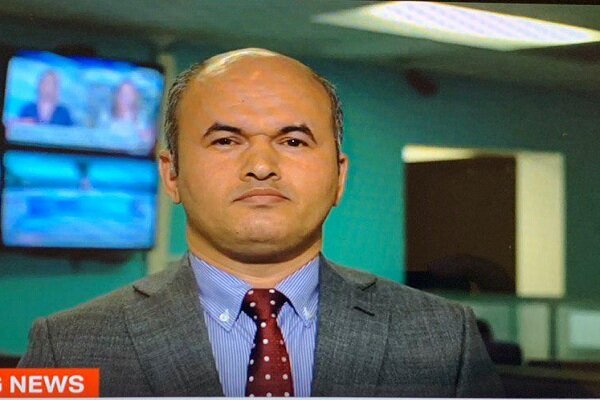

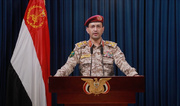
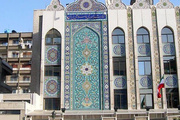
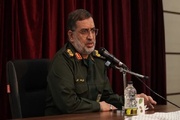


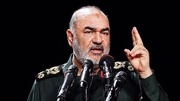
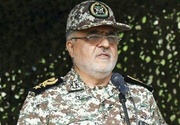

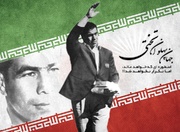
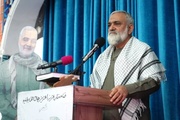









Your Comment